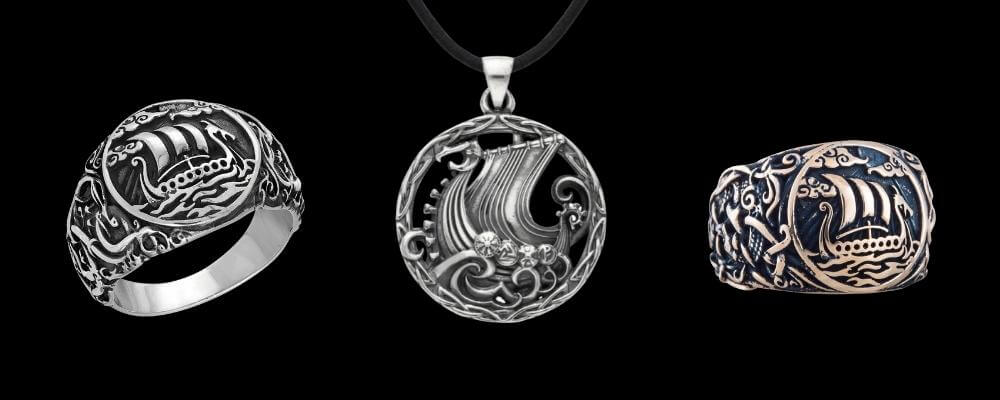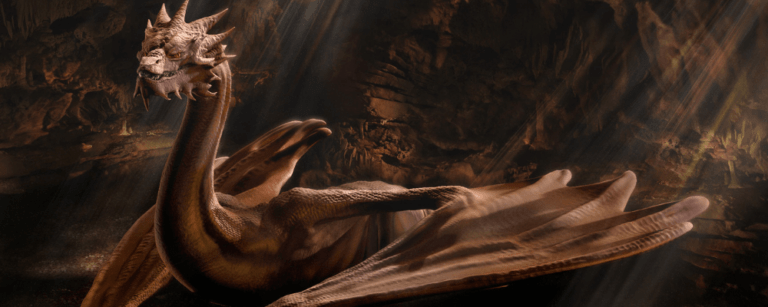While we are most familiar with the stories of the gods of Asgard when it comes to Norse mythology, the Vikings had many stories about other beasts and heroes that they used to understand the world and teach important lessons.
One of the most interesting characters from Norse mythology, and probably the inspiration for Tolkien’s Smaug in The Hobbit, is the dragon Fafnir.
But what was Fafnir’s story according to Norse mythology, and what lessons did it have for the Vikings?
Fafnir
While Fafnir (pronounced faff-near) is known as a dragon or great serpent, he actually started life as a dwarf.
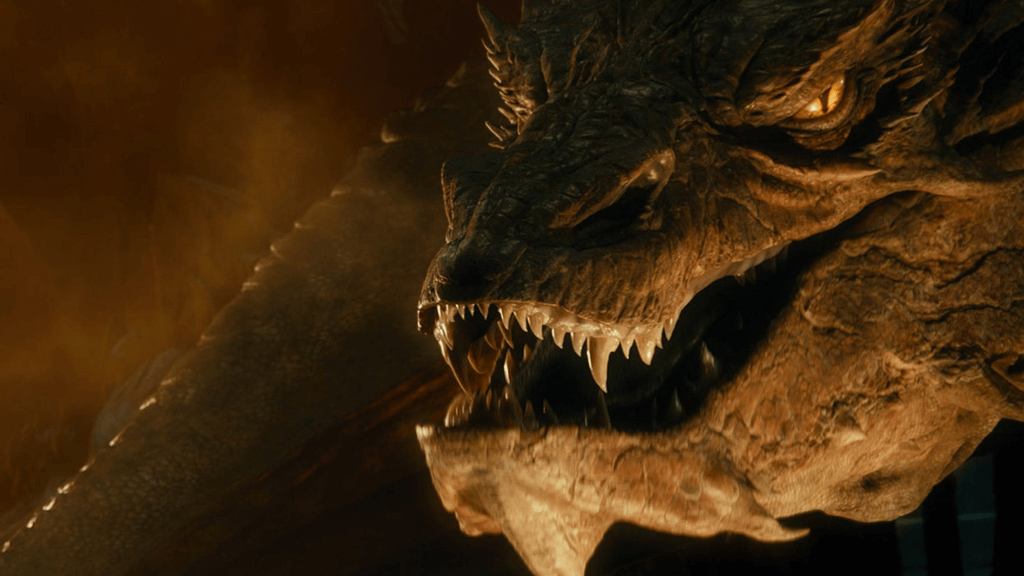
According to the Norse story, he was the son of the dwarf king Hreidmar, and had two brothers, Otr and Regin.
All four dwarves were also sorcerers and able to shapeshift into other creatures. It was using this ability that Fafnir chose to take on the form of a dragon.
Origin Story
According to the surviving Norse sagas, Hreidmar was a dwarf king who was extremely wealthy and lived in a house made from glittering gold and flashing gems.
It was made for him by his son Regin, who was a master smith and craftsman, and guarded for him by his other son Fafnir, who was considered stronger and more aggressive than his other brothers, and therefore best suited to the task.
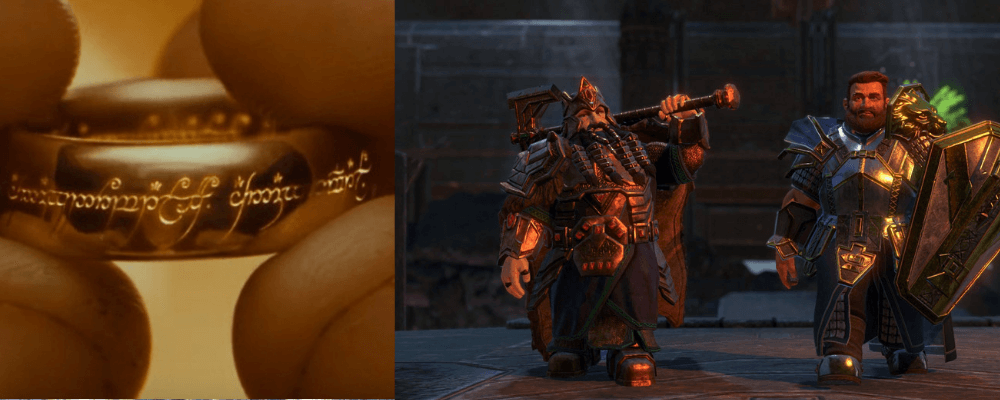
Fafnir’s other brother Otr was a master fisherman, and often took on the form of an otter to catch his fish.
One day the Norse gods Odin, Loki and Hoenir were travelling and came across Otr in the form of a beautiful otter. Loki killed the otter with a stone and skinned it for its magnificent pelt.
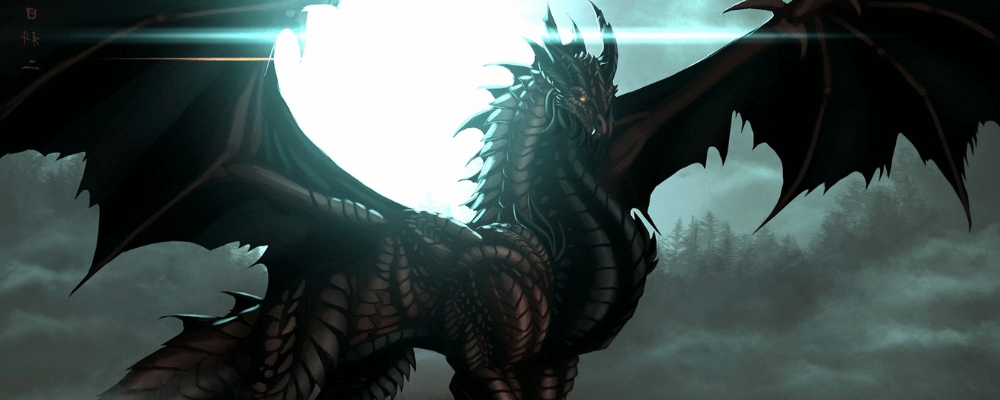
Later that day they arrived at the house of the dwarf king, and Loki could not resist showing off his prize. Hreimdar, Regin and Fafnir immediately knew what had happened, and seized Loki, demanding that he pay recompense for the life he had taken.
Being Norse dwarves, they valued gold, and demanded that Loki give them Otr’s weight in gold.
Loki remembered seeing a great treasure in the same lake that they encountered Otr. In order to gain his ransom, he returned to the lake and peered into its depths.
There he saw a mighty hoard or treasure guarded by a giant pike, which was another shapeshifting dwarf by the name of Andvari.
In order to save his life from Loki, Andvari agreed to hand over his entire treasure, but begged to be able to hold onto a single, magnificent gold ring called Andvaranaut, one of many important rings in Nose mythology.
Considering the ring the finest item in the hoard, Loki refused. As a result, Andvari cursed the ring to bring misfortune and destruction to whoever possessed it.
Loki took the treasure to Hreimdar and used it to pay his debt. He also handed over the ring to the dwarven king, and warned him of the curse, but the ring had already started to work its magic on Hreidmar, who decided that he would keep the ring for himself.
The curse quickly took hold on Heidmar and his family, and Regin and Fafnir killed their father in order to possess it for themselves. Fafnir in turn decided that he did not want to share the treasure with his brother, so he turned himself into a mighty dragon and drove Regin away from their father’s house. He then decided to retain his dragon form in order to guard his treasure day and night.
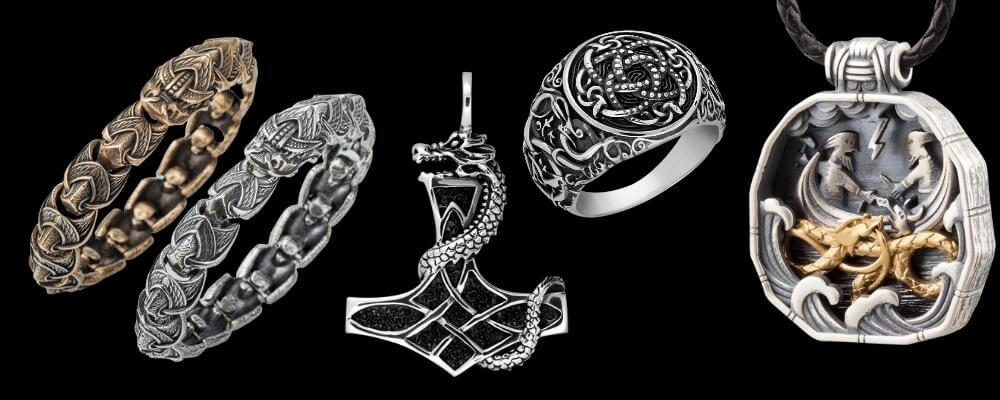
Fafnir the Dragon
Dragons were considered beings and symbols of great strength by the Norsemen. Jormungandr, also known as the Midgard Serpent, and Niddhogg, the dragon that gnaws on the roots of Yggdrasil, being the other two famous dragons in Norse mythology.
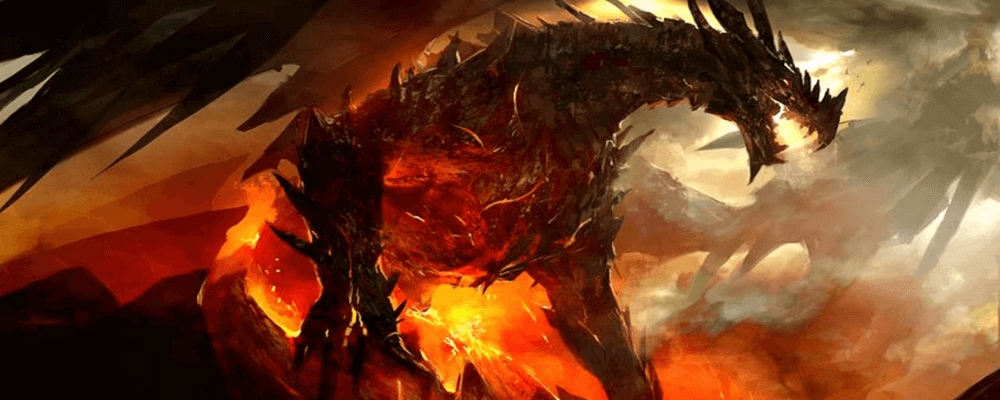
Just as it was natural for Otr, a fisherman, to take on the form of an otter, it was natural for Fafnir, a man of immense strength and aggression, to take on the form of a dragon.
The strength of Fafnir the dragon is reiterated by his association with the Helm of Awe, which seems in the Norse stories to have been a physical helm worn by Fafnir the man. However, the Helm of Awe was also a Norse runic symbol used by Viking warriors to give themselves strength.
As well as being a symbol of strength, dragons also represented greed in Norse culture, and it was clearly Fafnir’s greed and single-minded desire to possess the treasure of his father for himself that motivated his transformation.
As a dragon, he breathed poison onto the land surrounding his father’s house, which prevented people from coming near his treasure.
He also wreaked terror in the hearts of any who came near. This clearly represents the poisonous effects that greed can have on both the individual, and the community.

Death of Fafnir
Fafnir was eventually killed by Siegfried (also known as Sigurd), the great hero of the Volsunga Saga. Siegfried is described as a foster son or ward of Regin, who went to live in another kingdom and work as a smith after he was driven from his father’s home by Fafnir.
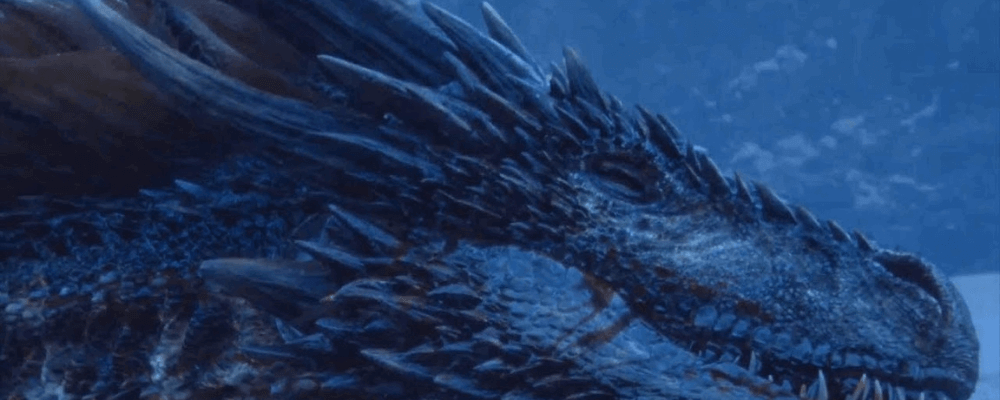
Regin, a great smith, re-forges the broken sword of Siegfried’s father, allowing him to avenge his father’s death. The sword is so strong that Siegfried is able to split an anvil down to its base.
It is as payment for this gift that Siegfried agrees to kill Fafnir for Regin, so that Regin himself can claim the cursed ring which still calls to his heart.
Siegfried appears to have enjoyed the patronage of Odin. According to some stories, Siegfried encountered Odin in the forest, where the king of the Norse gods gave him the horse Grani, that was the child of Odin’s own steed Sleipner.
Later Odin also appears to give Siegfried advice in his quest to kill Fafnir.
In order to kill the dragon, Siegfried sneaks into Fafnir’s territory and digs a hole near the lake where the dragon drinks. Siegfried plans to hide on the hole and then stab the dragon in the belly.
While Siegfried is preparing, Odin appears and advises him to dig several holes to give Fafnir’s blood a place to drain.
When Fafnir arrives, breathing poison into the surrounding air, Siegfried succeeds in mortally wounding the dragon. As Fafnir bleeds out, he warns Siegfried that Regin, the treasure of their father, and especially the ring, will be Siegfried’s own downfall.
Regin, waiting nearby for Siegfried to complete his task, arrives and drinks some of Fafnir’s blood in order to gain some of his strength.
He also asks Siegfried to cook Fafnir’s heart for him to eat. Siegfried touches the heart to see if it is ready, and then licks his finger, which seems to give him the ability to understand the speech of birds.
This allows Siegfried to converse with Odin’s two ravens, that warn him of Regin’s own plans to kill Siegfried and keep all the treasure for himself.
According to the Norse story, Siegfried then kills Regin, eats some of the heart, and takes as much treasure as he can, including the ring, and leaves, taking the curse on to his own family.
The Lesson of Fafnir
The story of Fafnir was a warning for the Norsemen against the chaotic and destructive powers of greed, and the dangerous way that it can spread from father to son and throughout communities.
It is a reminder that wealth is not to be hoarded, but rather used to form strong alliances and build communities in which everyone can prosper and support one another. This was the basis of Norse culture.
